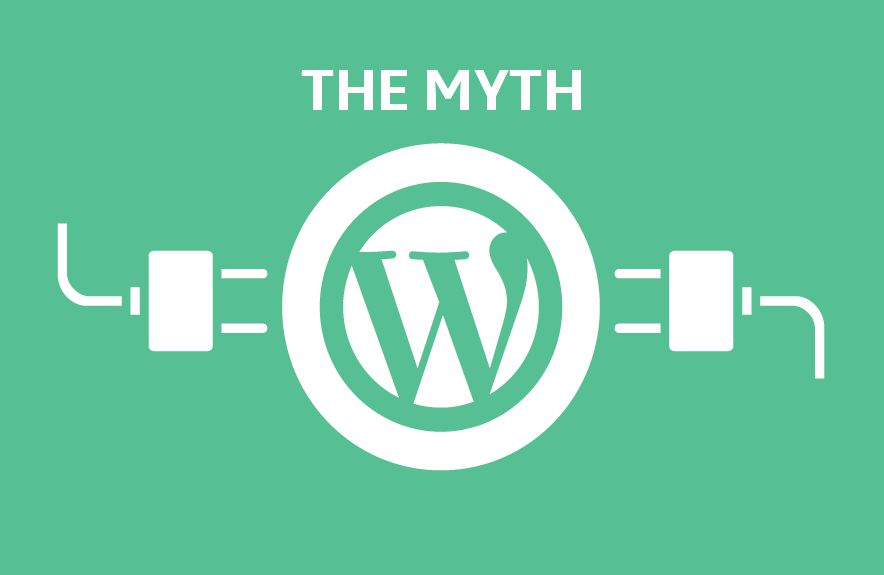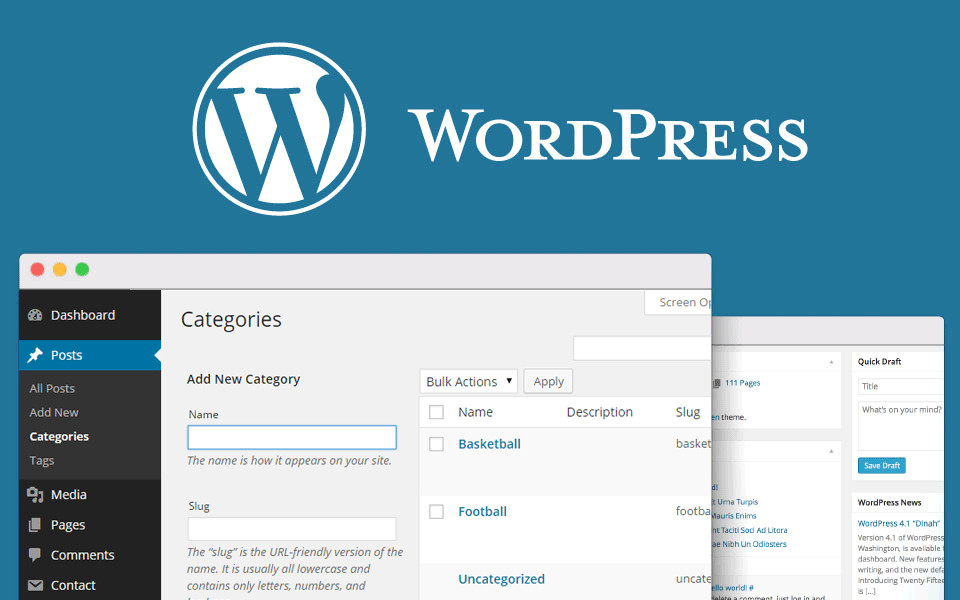Bootstrap, a web framework utilized by a fifth of most web platforms plans to drop support for Internet Explorer 10 and 11. The move is slated for Bootstrap v5, which is set to be released later this year.
This user interface (UI) framework at first was designed by Twitter and later on open-sourced it. The library is largely a collection of HTML, CSS, and JavaScript UI widgets.
Bootstrap UI components are made to offer a starter package on which web designers may build websites, enterprise application, or mobile applications.
The framework attained a near cult-like following in the web platform development community due to its simplicity, excellent documentation, and because — unlike many UI frameworks released at that moment — it included cross-browser support (because of Twitter’s initial involvement and the necessity of the Twitter site to work across all browsers in the same manner).
As at today, Bootstrap is used by roughly 20.4% of all internet sites, according to W3Techs, and more than 20 million sites, according to BuiltWith.
The decision to drop support for IE 10 and IE 11 was made last month by Bootstrap’s maintainers. Mark Otto, one of Bootstrap’s creators, said on GitHub that developers who still need to cater to IE users should continue running Bootstrap 4 and not update to the upcoming v5 release.
A big move in the grand scheme of things
Nevertheless, Bootstrap’s decision to drop IE is a milestone. non-e of the main web-dev projects have at this point, make a corresponding decision. For instance, jQuery, today’s leading JavaScript library (utilized on nearly three-quarters of most web sites), still works with IE 9.
With IE 10 market share under 1% and with IE 11 market share around 1-2%, Bootstrap’s decision to drop support will probably be the go-ahead sign from a significant project that it is ok for developers to safely move on from supporting IE once and for all.
But Bootstrap’s move also has side-effects as the framework is also a foundation of an array of other web dev tools, intranets, and enterprise solutions, which could also automatically lose IE support after they upgrade.
And if Bootstrap’s move wasn’t significant enough for IE’s future in the web-dev scene, the team behind WordPress, a CMS used by a third of all internet sites, is also looking into a “graceful degradation” for handling IE users. Basically, the plans are for WordPress to support IE, but not all of the CMS’ features will work as intended.
As stated by Microsoft, IE 11 is supported until the end of Windows 10, which happens to be October 14, 2025. Having said that, IE 11 isn’t the default web browser in Windows any longer since 2015, when Edge succeeded IE in Home windows 10.
Microsoft mainly supports IE currently due to commercial agreements with enterprise clients and focuses all its efforts into Edge. The very fact that Microsoft has been dealing with IE as a second-hand citizen for a few years now ought to have been an indicator for programmers that it’s time to fully stop supporting IE a long time ago and forcibly move users towards adopting newer browsers.






